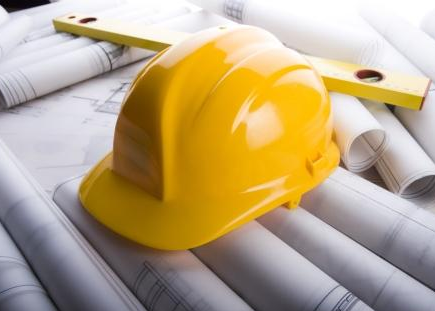Managing an office doesn’t only mean directing your employees. It also means managing the actual office space itself. If your building doesn’t meet certain safety requirements, it could mean heavy fines and expensive lawsuits.
OSHA Standards
OSHA stands for Occupational Safety and Health Administration. It is the governmental agency that enforces federal workplace safety standards. If you have more than ten employees, you will certainly be required to follow OSHA rules or face hefty fines and other serious penalties.
Many of these standards directly relate to building office space. For example, one OSHA standard states that stairs that lead to a doorway or gate must include a platform with at least 20 extra inches between the door and the stairs to prevent accidents. You should certainly regularly check whether or not your office building complies with OSHA standards.
Fire Prevention
There is the possibility of a fire starting in any building. To meet the appropriate safety requirements, you are going to need both the right equipment installed as well as employee protocol in place on what to do if a fire were to occur.
Equipment that should be installed inside the building includes fire detectors, a fire alarm system and a sprinkler system. Outside the building, you should have a fire hydrant installed and connected to a continuous water supply. While you won’t find a fire hydrant at your local hardware store, you can obtain one from a metal works company like Terminal City Iron Works Ltd.
Second, an evacuation plan should be in place for if and when the fire alarms do go off. It should be in print, and all employees should be trained on how to safely evacuate the building.
State Regulations
Every state has state building codes in addition to federal OSHA regulations. For example, in the state of New York, the Division of Building Codes and Standards sets the rules for all commercial office space. These codes even get into specifics about the kinds of ventilation and natural lighting that must be available to employees.
Rules also vary by state. In California, there is an emphasis on preventing injuries in the case of an earthquake. The rules for placing heavy items on shelving may be different in states that rarely experience earthquakes.
Overall, you need to stay proactive as a business owner. Making sure you have a safe workplace insures that you will have a productive workforce. Not having a safe workplace could result in workplace injuries, lawsuits and even the loss of your building.
